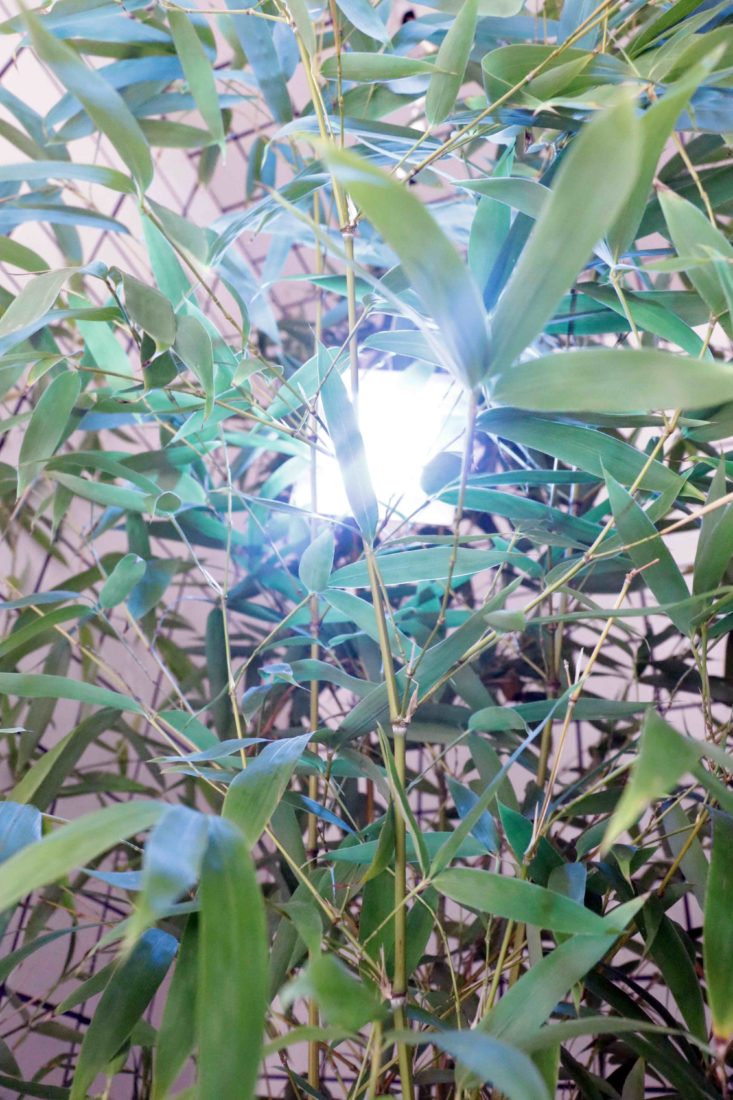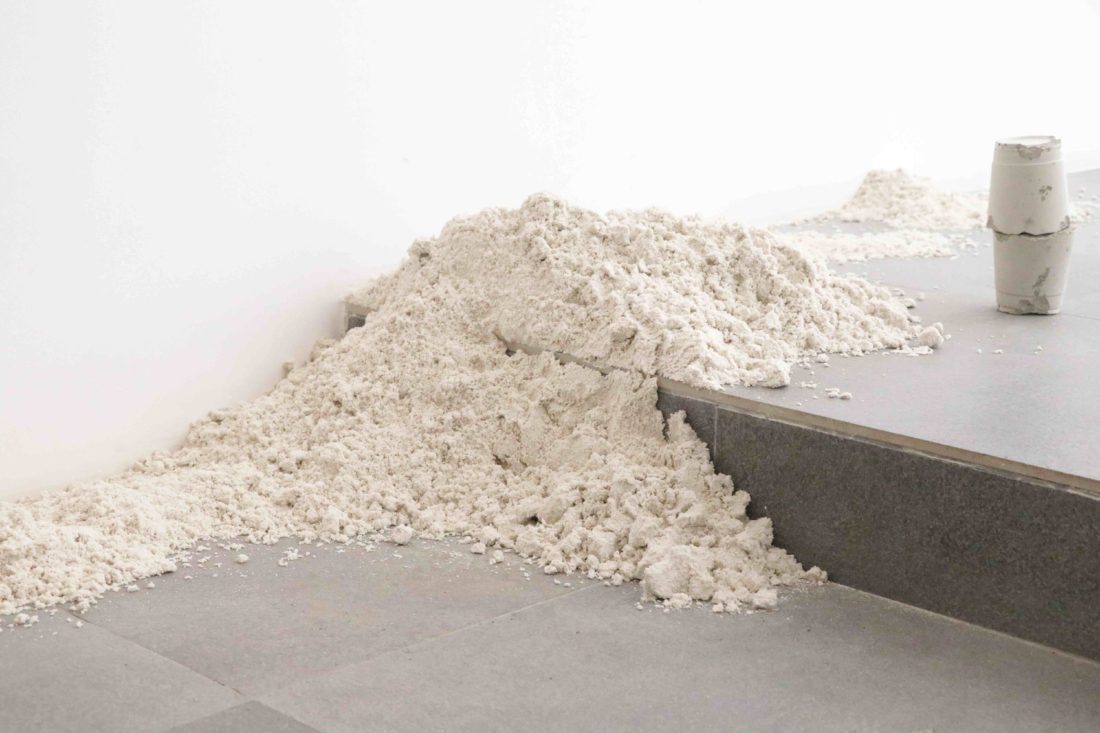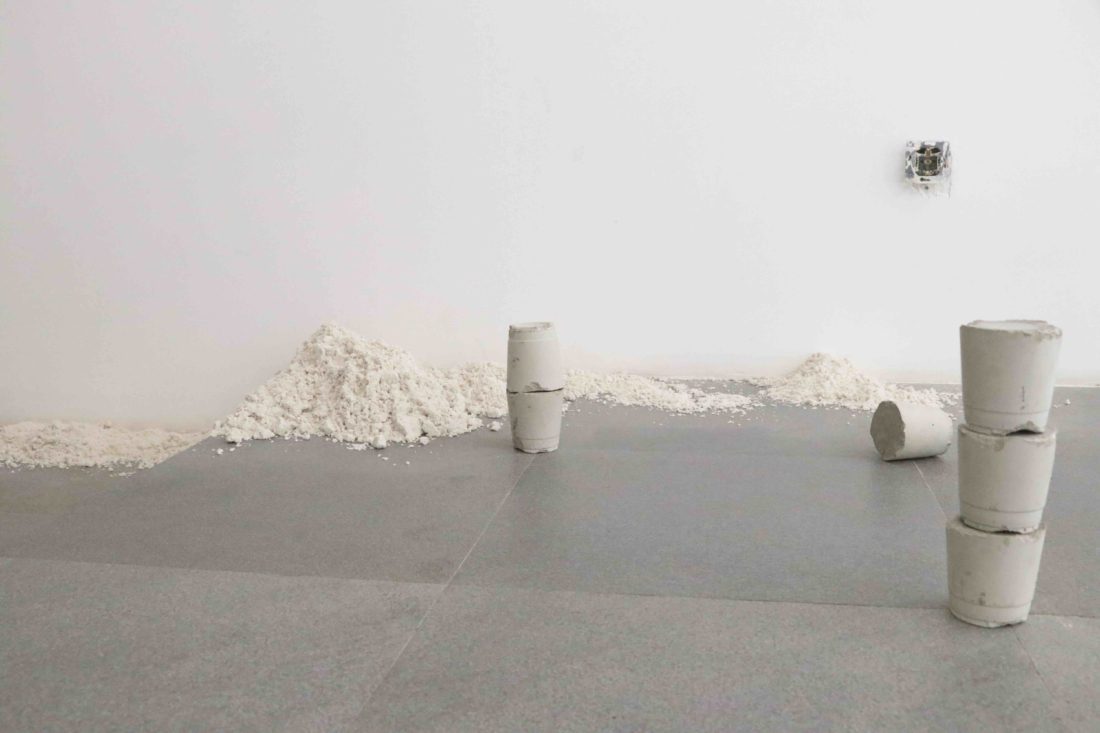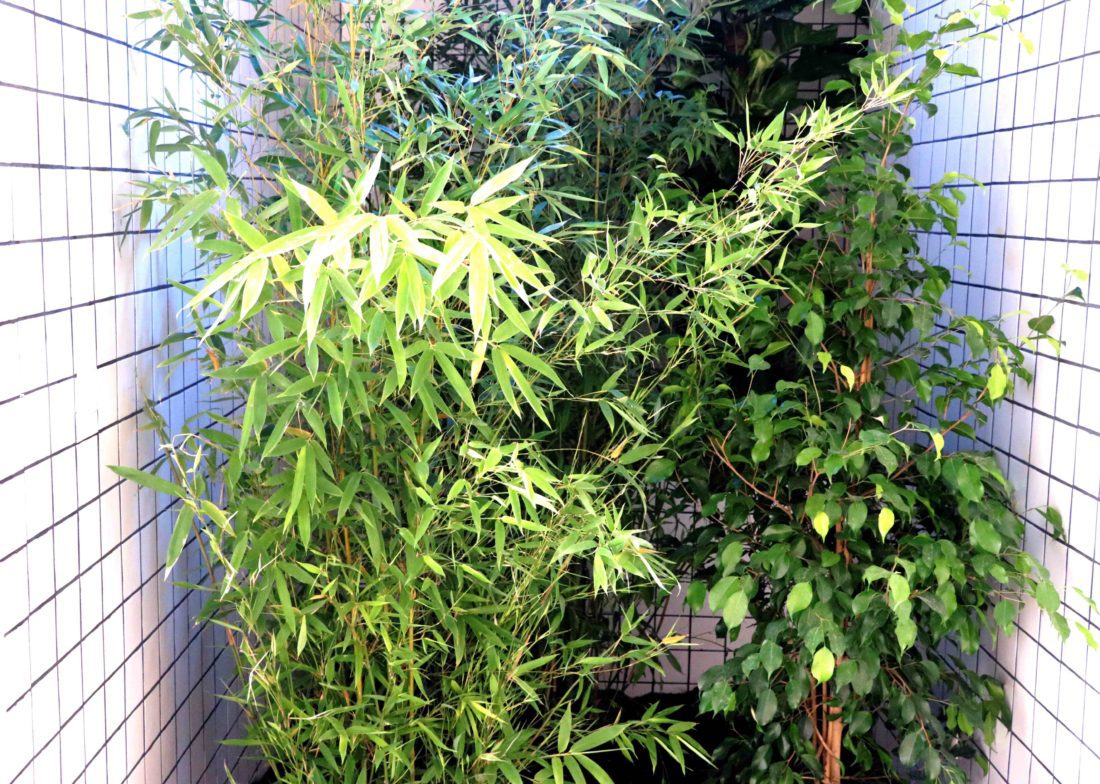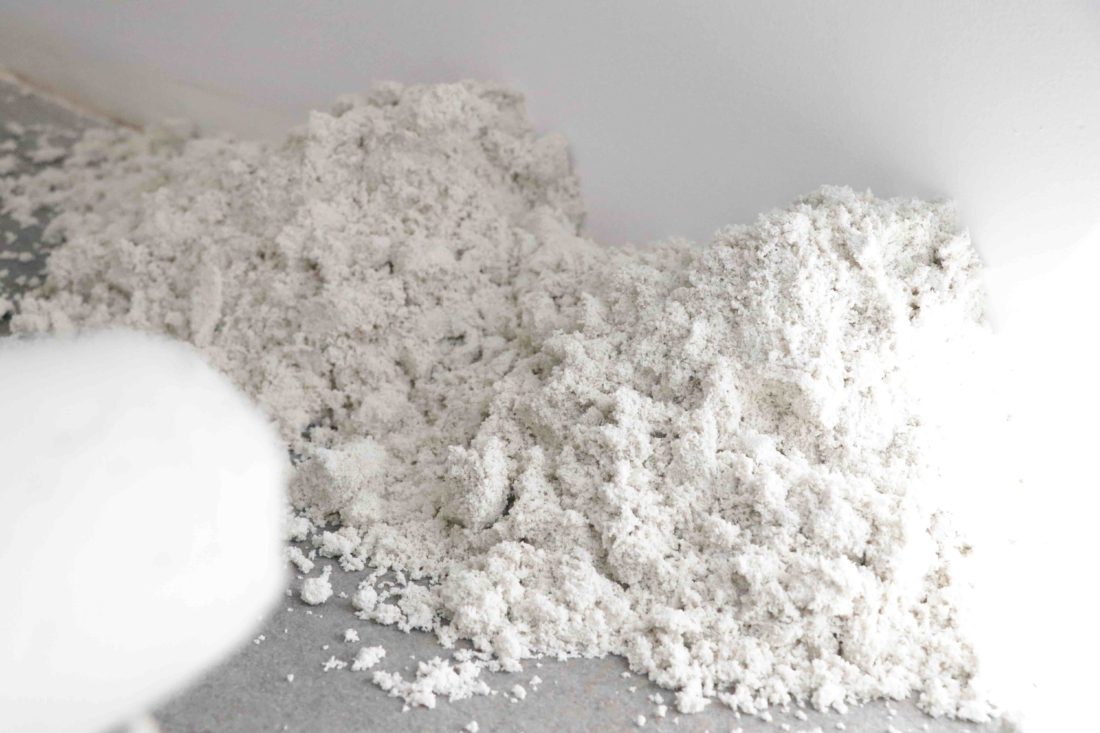Déjà-Vu and the End of History
Juan Crespo
[14/09/17 - 01/10/17]
Conceptually Crespo’s research is informed by local myths, folk heritage and de-colonial approach to history, which is aesthetically materialized through a variation of archival gestures, sculpture and installation.
For this exhibition, Crespo has developed a new body of work, where corporeity and lightness co-exist in the physical space of the gallery. Through a juxtaposition of references to different temporalities and media, Crespo creates a post-antropothentric scenario where human traces are merely residual.
The exhibition’s title is borrowed from Paolo Virno’s book “Déjà vu and the End of the History”, in which this psychologic phenomena is presented as an opportunity to stretch memory and the historical consciousness. The logic of temporality within this frame tends to omit the relevance of the present, interpreting it as a quality of the language, which is intimately relate to the past. In this manner, past has the inherent and hidden potential of the future –futurology– consummating the crisis of linear understanding. In this anachronistic climate, the main pieces Cement ruins (2017) and Sand (2017) are playing with the anecdote of John Smith, an engineer and admiral of the British Empire, who was committed to the production of a new and local cement in Belize in 1820. After using local sand as timbre, the different tests and attempts carried on for more than a year were unsuccessful. The soil from the region was inadequate for this type of compound, and as a consequence, the concrete was a low-quality mixture unsuitable for construction purposes. The cement had to be imported from abroad, draining the imperial budgets for the region and affecting the development of the West Indies’ plans.
This historical failure forced by nature, unfolds in other segments of the exhibition. Rainforest (2017), brings the problems of acclimatisation and adaptation, as the plants composing the work will progressively die over installation’s duration. Periapt (2017) employs its materiality to evoke connotations to non-scientific or natural experienced knowledge. Finally, the drawings of How to spend a night out there (2016) sets the scenario of a disturbing situation experienced by a post-human survivor, whilst the macramé wall hanging Untitled (2017), goes over past local traditions, complementing the exhibition insight into colonial ritualism.
